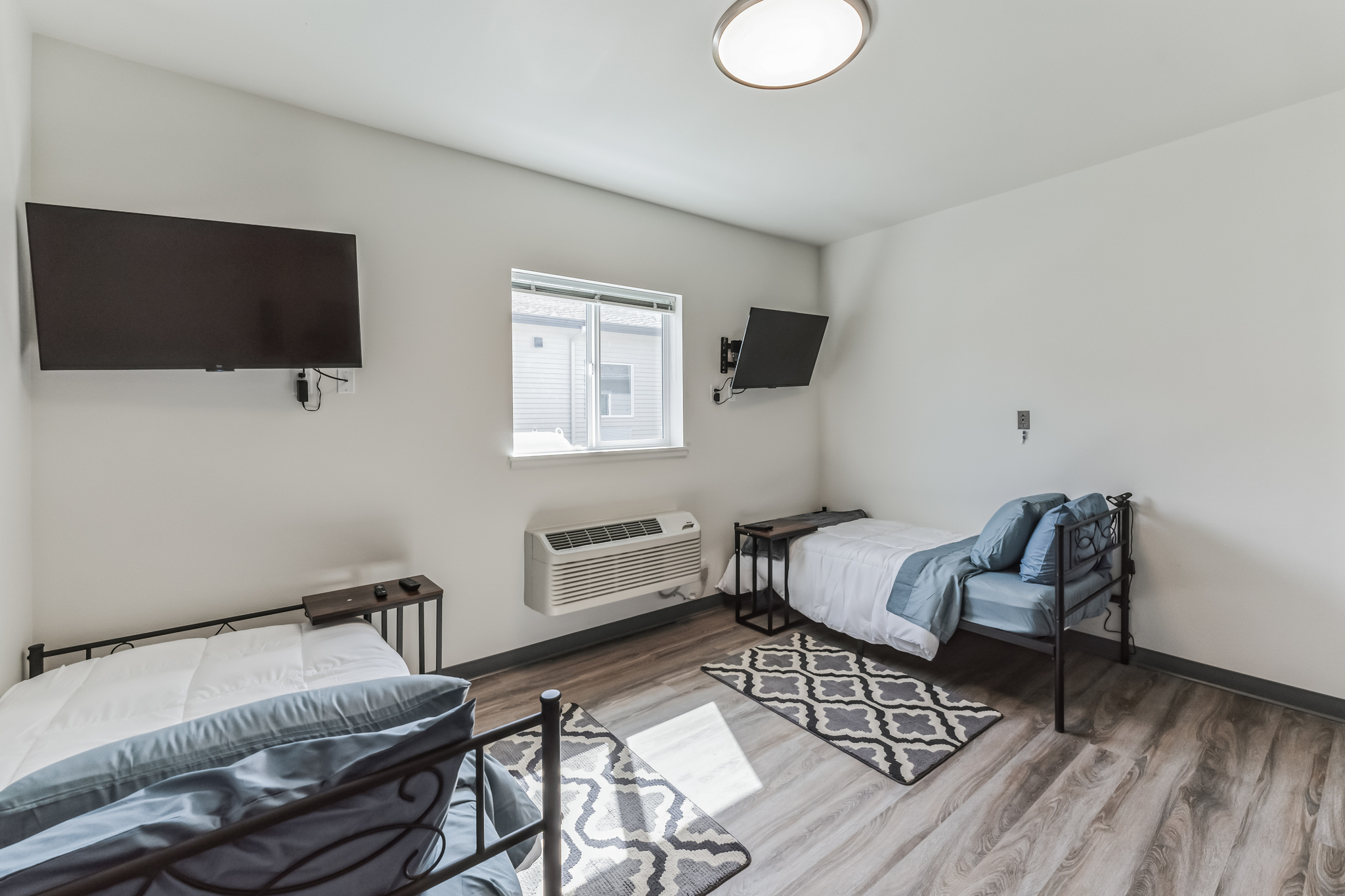
Clinicians use the Geriatric Depression Scale (GDS) as a screening tool to assess depression symptoms in older adults. The scale presents a series of questions that help identify possible signs of depression in the elderly population.
What Is the Geriatric Depression Scale (GDS) for Depression in the Elderly?
The Geriatric Depression Scale (GDS) was created by researchers to identify depression in older adults. It assists healthcare professionals in assessing the emotional well-being of individuals over 65 years using simple yes-or-no questions. These questions aim to identify early signs of depression so providers can offer proper assistance.Dr. Jerome Yesavage and his colleagues created the GDS in 1982. Since then, clinicians have used it widely to assess depression in elderly populations. Many providers rely on it because it offers a simple, accurate, and direct way to address common emotional issues that older adults face.
Skip To
Table of Contents
Why Healthcare Providers Often Overlook Depression in Older Adults
Many people misunderstand depression in older adults and often dismiss it as a regular part of aging. Family members and even some providers may view depressed mood, loneliness, or fatigue as normal during retirement, after the loss of a spouse, or when someone lives with a chronic illness.
However, you need to treat these symptoms seriously. Depression in the elderly is a serious mental health problem that deserves attention and compassionate treatment.
Many older adults do not feel comfortable discussing their emotional state or physical symptoms, such as constant tiredness, trouble sleeping, or loss of interest in food. Loved ones and providers may confuse these symptoms with general age-related stress instead of recognizing them as possible signs of depression.
In these cases, the Geriatric Depression Scale offers a valuable initial assessment tool. For older people who cope with medical or chronic illnesses, providers may overlook depression without this type of structured screening.

End the Emotional Pain. Get Your Life Back.
Feeling Depressed, Anxious or Struggling with Mental Health Illness? Get Safe Comfortable Mental Health Dual Diagnosis High-Quality Therapy From Counselors That Care. Begin Your Recovery Now.
Hotline: (509) 348-4077

How the Geriatric Depression Scale Works for Depression in Older Adults
The original version of the GDS includes 30 yes-or-no questions. Over time, researchers also created shorter versions with 15, 10, or even 5 questions to support quicker assessments.
Sample questions may include:
- Are you satisfied with your life?
- Do you often feel bored?
- Do you feel helpless?
- Do you prefer staying at home rather than going out or having physical activities?
- Do you feel full of energy?
Clinicians score each answer to reflect the level of depressive symptoms. A higher total score suggests a greater likelihood of depression. Because of the simple format, many older adults with mild cognitive impairment can complete the test with little help.

Get Help. Get Better. Get Your Life Back.
Searching for Accredited Dual Diagnosis Mental Health Centers Near You?
Even if therapy failed previously, or are in the middle of a difficult crisis, we stand ready to support you. Our trusted behavioral health specialists will not give up on you. When you feel ready or just want someone to speak to about counseling alternatives to change your life call us. Even if we cannot assist you, we will lead you to wherever you can get support. There is no obligation. Call our hotline today.
FREE 24/7 Dual Diagnosis Mental Health Services HotlineBenefits of the Geriatric Depression Scale in Screening Depression in the Elderly
The Geriatric Depression Scale offers several benefits when providers screen for depression in elderly adults:
- It uses simple questions that older adults can understand, which reduces worry about mental tests.
- It supports early identification of symptoms, which allows frontline providers to intervene quickly.
- Clinicians can use it in many settings, including primary care offices, nursing facilities, and home visits.
- Translators have adapted it into many languages to support diverse populations.
Depression in the Elderly: Common Symptoms to Watch For
Although depression in older adults can look similar to depression in younger adults, some differences exist. Watch for the following signs and symptoms:
- Persistent sadness or a sense of hopelessness
- Irritability or restlessness
- Withdrawal from family or social activities
- Fatigue or low energy
- Poor appetite or overeating
- Trouble sleeping or oversleeping
- Difficulty concentrating or making decisions
- Thoughts of death or suicide
These symptoms of depression in the elderly can severely impact quality of life when you leave them untreated.
Who Should Take the Geriatric Depression Scale (GDS)?
The Geriatric Depression Scale can support any adult over the age of 65 who:
- Shows signs of depression
- Has experienced major life changes, such as retirement or the loss of a loved one
- Lives with chronic illness or medical conditions
- Lives alone or feels socially isolated
- Struggles with cognitive changes or reduced independence
Even older adults who do not report feeling sad can benefit from screening. In many cases, depression in older adults appears through physical or behavioral changes rather than direct reports of low mood. An older person who manages multiple medical illnesses faces higher risk factors for depression.

Comfortable Facilities & Amenities
High-Quality Mental Health Services & Behaviroal Health Substance Abuse Treatment
Rehab Centers TourRenowned Mental Health Centers. Serene Private Facilities. Inpatient Rehab Programs Vary.
Mental Health Helpline: (509) 348-4077Proven recovery success experience, backed by a Team w/ History of:
15+
Years of Unified Experience
100s
5-Star Reviews Across Our Centers
10K
Recovery Success Stories Across Our Network
- Low Patient to Therapist Ratio
- Comprehensive Dual-Diagnosis Treatment
- Complimentary Family & Alumni Programs
- Coaching, Recovery & Development Events
- Comfortable Onsite Medical Detox Center
Interpreting Geriatric Depression Scale Results
Clinicians use a simple scoring system and give one point for each depressive response. On the 15-question version of the GDS:
- 0–4: Normal
- 5–8: Mild depression
- 9–11: Moderate depression
- 12–15: Severe depression
You should remember that the GDS serves as a screening tool and not a diagnostic test. Only licensed mental health professionals can diagnose depression and recommend how to manage it.
Depression in the Elderly: Treatment Options and Support
You should treat depression in elderly adults in a holistic way that considers both medical and emotional needs. Depression treatment often includes a mix of therapy, medication, and lifestyle support.
Psychotherapy
- Cognitive Behavioral Therapy (CBT): Therapists help older adults identify and change negative thought patterns.
- Interpersonal Therapy (IPT): Therapists focus on improving personal relationships and communication.
- Reminiscence Therapy: Therapists encourage older adults to reflect on positive past experiences to support mood.
Medication
Providers may prescribe antidepressants, especially SSRIs, and monitor them closely for side effects and interactions with other medications that older adults take.
Electroconvulsive Therapy (ECT)
Clinicians may recommend ECT in severe cases of major depression or major depressive disorder when other treatments fail. This process can relieve depressive symptoms in some older patients.
Lifestyle Changes
You can support recovery from depression in the elderly through:
- Social engagement in community programs or support groups
- Gentle exercise, such as walking or yoga
- Improved sleep habits and balanced nutrition
Integrated Care
A strong care plan supports collaboration among older adults, primary care practitioners, therapists, and family members. A supportive healthcare environment plays a major role in long-term recovery from depression in older adults.
Why Early Geriatric Depression Scale Screening Matters
When providers identify depression in older people early, they can reduce symptoms more effectively. The earlier they treat depressive symptoms, the easier it becomes for older adults to recover.
The Geriatric Depression Scale gives patients, caregivers, and medical staff a clear first step toward healing. It helps them move from uncertainty to action and opens the door to depression in elderly treatment.
Frequently Asked Questions (FAQs) About Geriatric Depression Scale Screening
-
Where in Spokane, WA, can you find treatment for geriatric depression, as measured by the Geriatric Depression Scale?
You can seek help for geriatric depression and related concerns in Spokane, WA, through providers who use the Geriatric Depression Scale as part of their assessment process.
-
Where in Liberty Lake, WA, can you find treatment for depression in older people?
You can explore local mental health services in Liberty Lake, WA, that support depression in older adults and offer screenings and treatment.
-
Where in Post Falls, Idaho, can you find help for screening elderly depression?
You can look for clinics or mental health providers in and around Post Falls, Idaho, that screen for depression in the elderly using tools like the GDS.
-
Is there a clinic near me that offers geriatric depression screening?
You can contact local hospitals, primary care offices, or mental health centers near you and ask whether they offer Geriatric Depression Scale screening for older adults.
Related Reading
Trusted External Sources
- NIMH: https://www.nimh.nih.gov/health/topics/depression
- APA:https://www.apa.org/pi/about/publications/caregivers/practice-settings/assessment/tools/geriatric-depression
- Science Direct: https://www.sciencedirect.com/topics/neuroscience/geriatric-depression-scale
Understanding the Path Toward Recovery
Depression in the elderly can feel overwhelming, but healing is possible. Many older adults in Washington regain hope, stability, and quality of life when they receive the right support at the right time.
Early screening through tools like the Geriatric Depression Scale (GDS) helps older adults understand what they’re experiencing and guides them toward effective care. With treatment, emotional relief, improved mood, and renewed daily functioning become possible again.
If you or someone you care about is struggling, help is available.
We Level Up Washington’s Spokane Valley center provides:
- compassionate mental health support for older adults
- dual-diagnosis treatment for co-occurring conditions
- small group settings for personalized care
- trauma-informed therapy and emotional stabilization
- structured daily routines that support healing
- aftercare planning that follows each person beyond treatment
You are not alone. Call ((509) 348-4077 or contact us online to connect with our team.
A safer, calmer, more supported future begins with one step.
We Level Up Washington stands ready to support you every step of the way. Call today to speak with our team and learn more about our programs.




